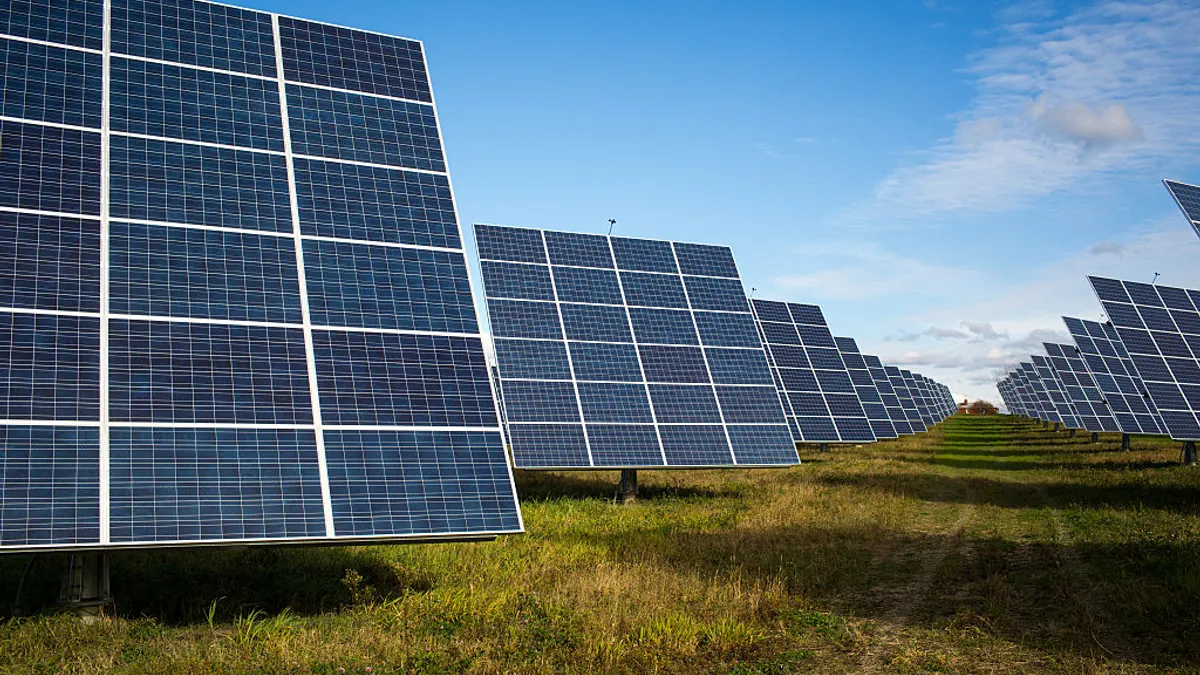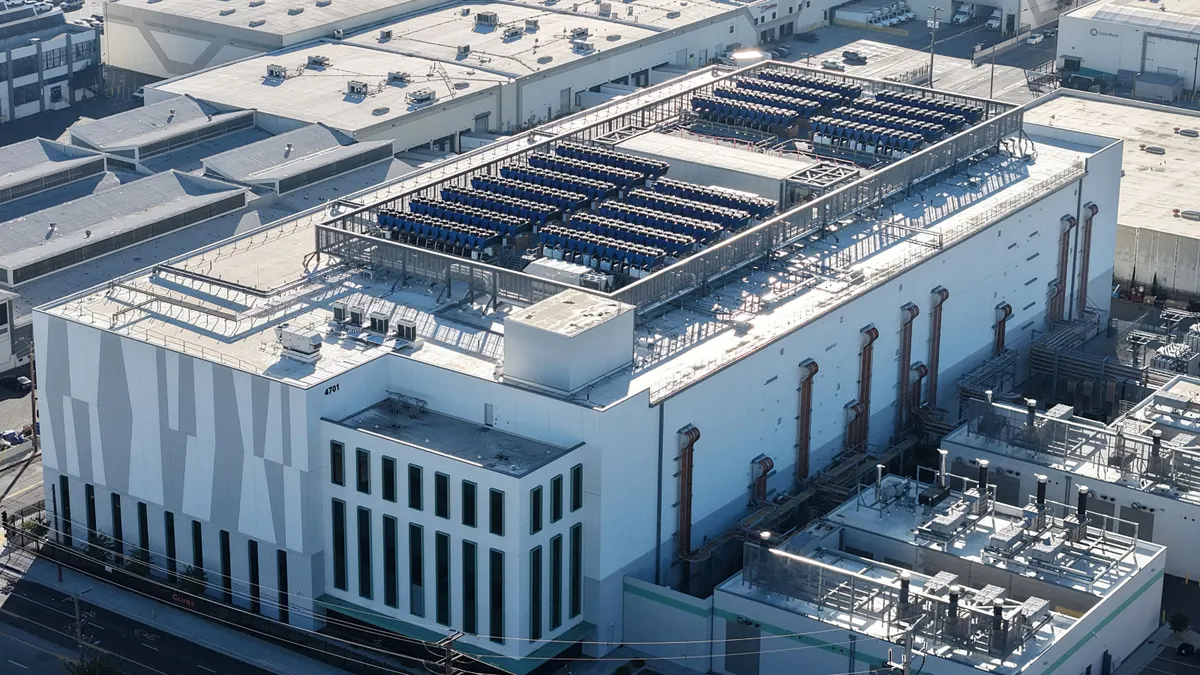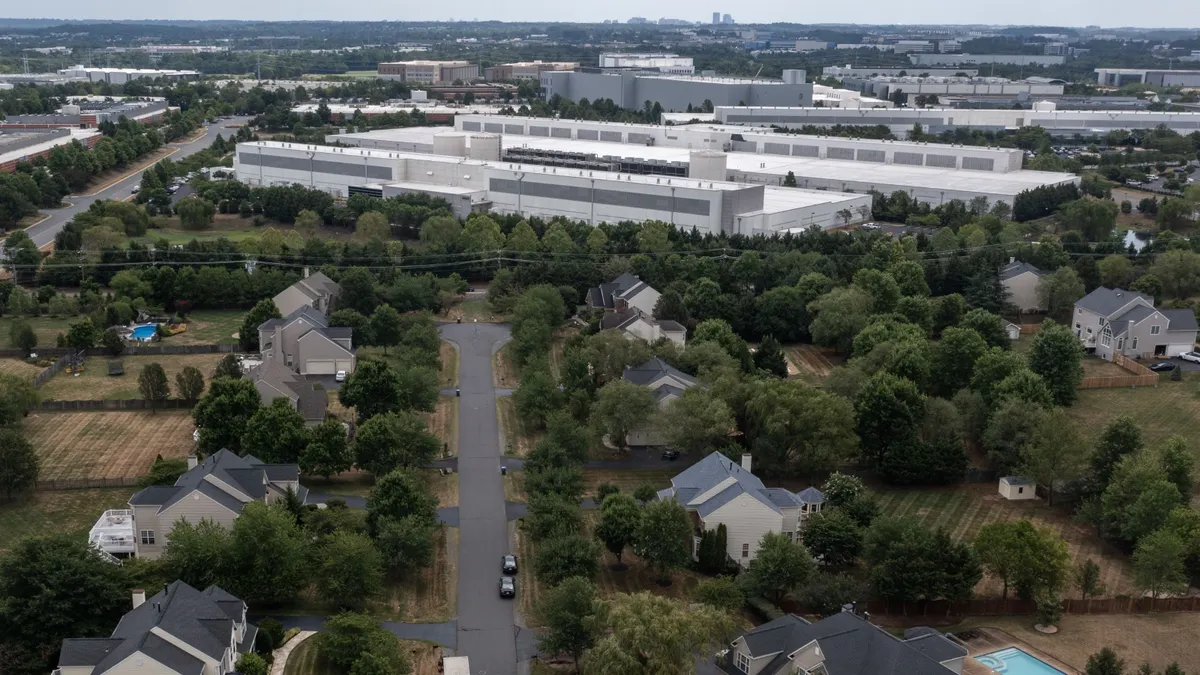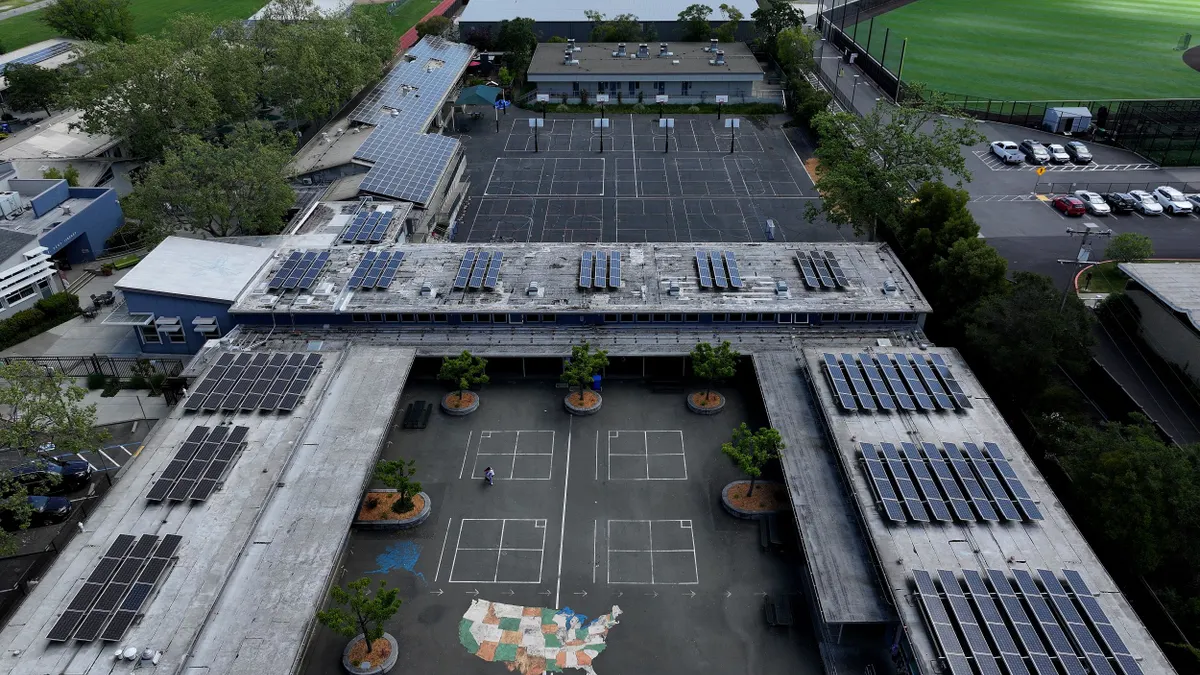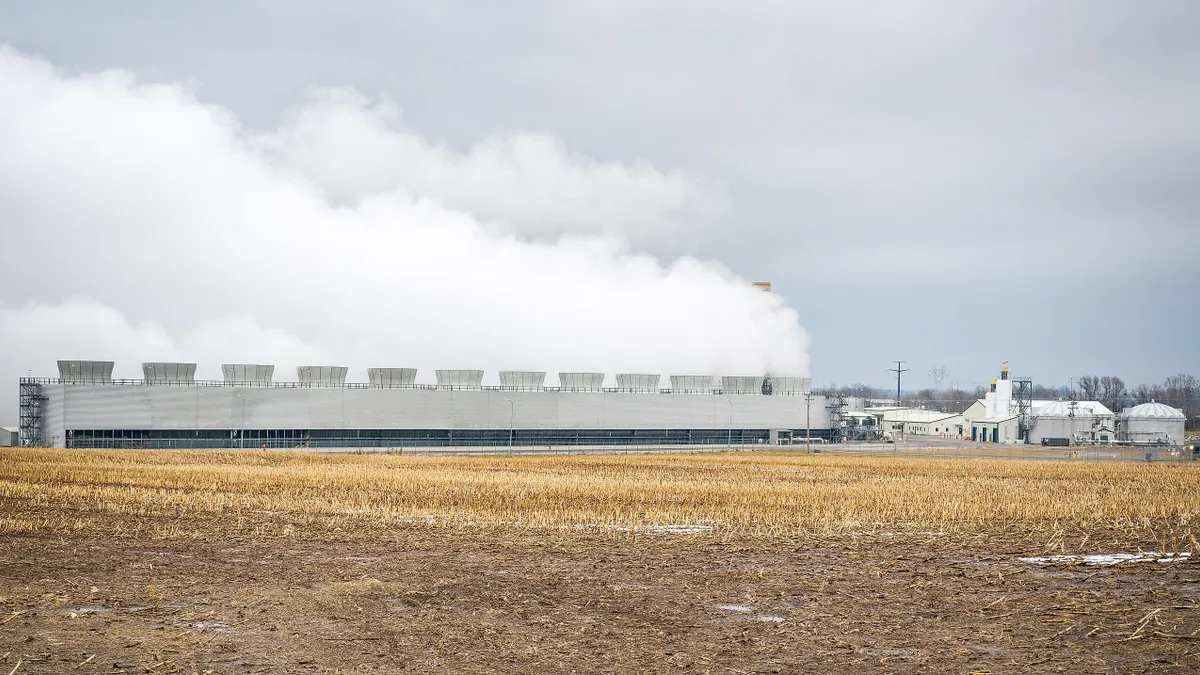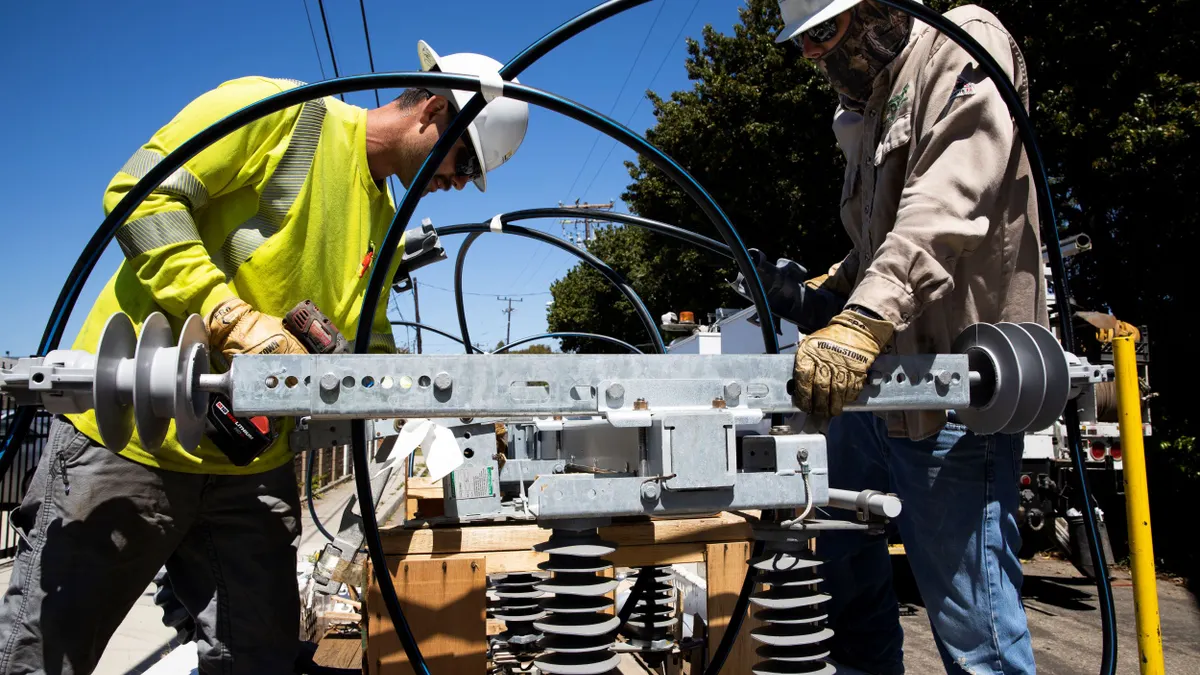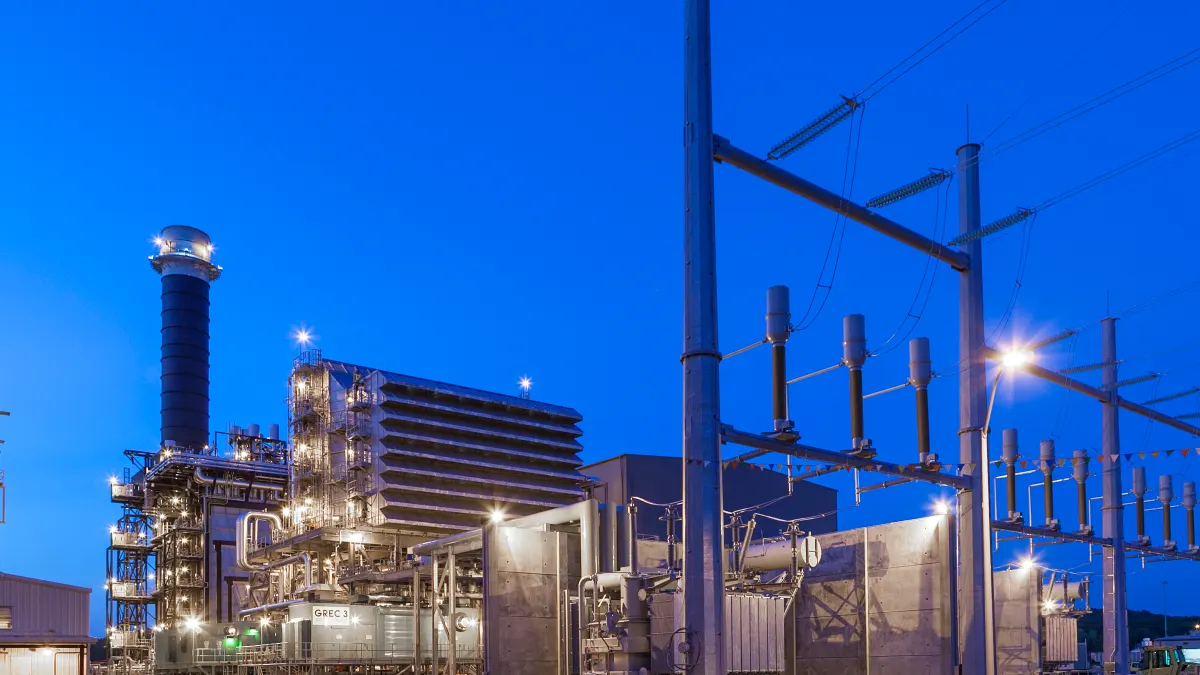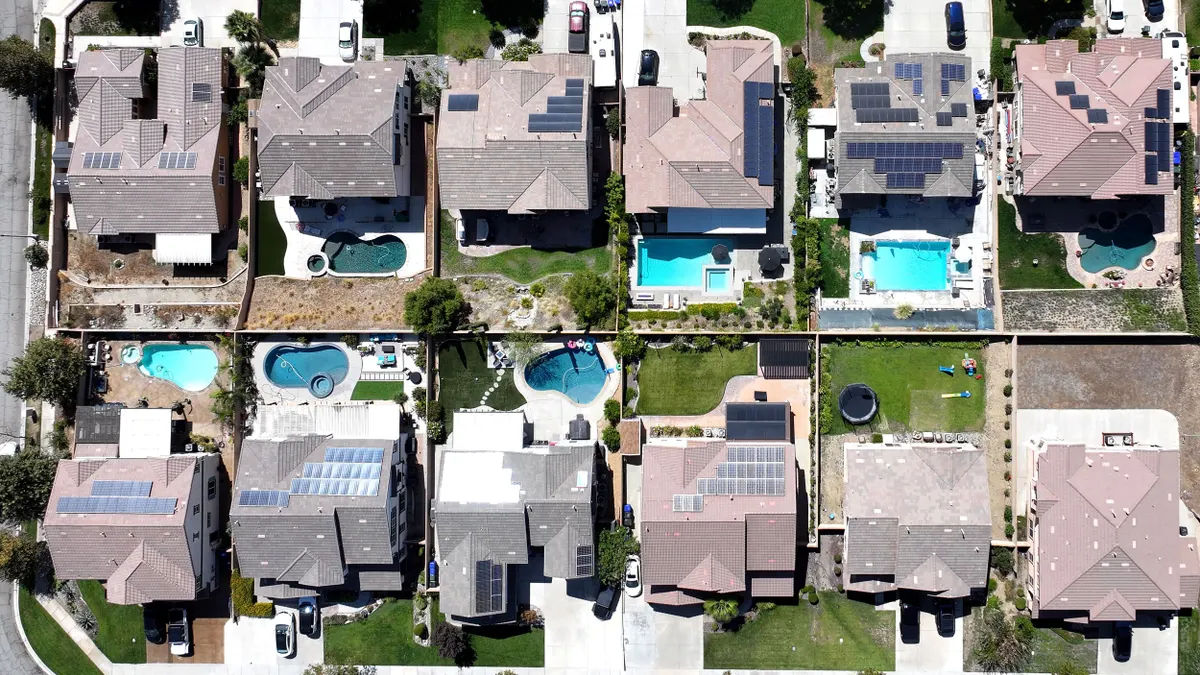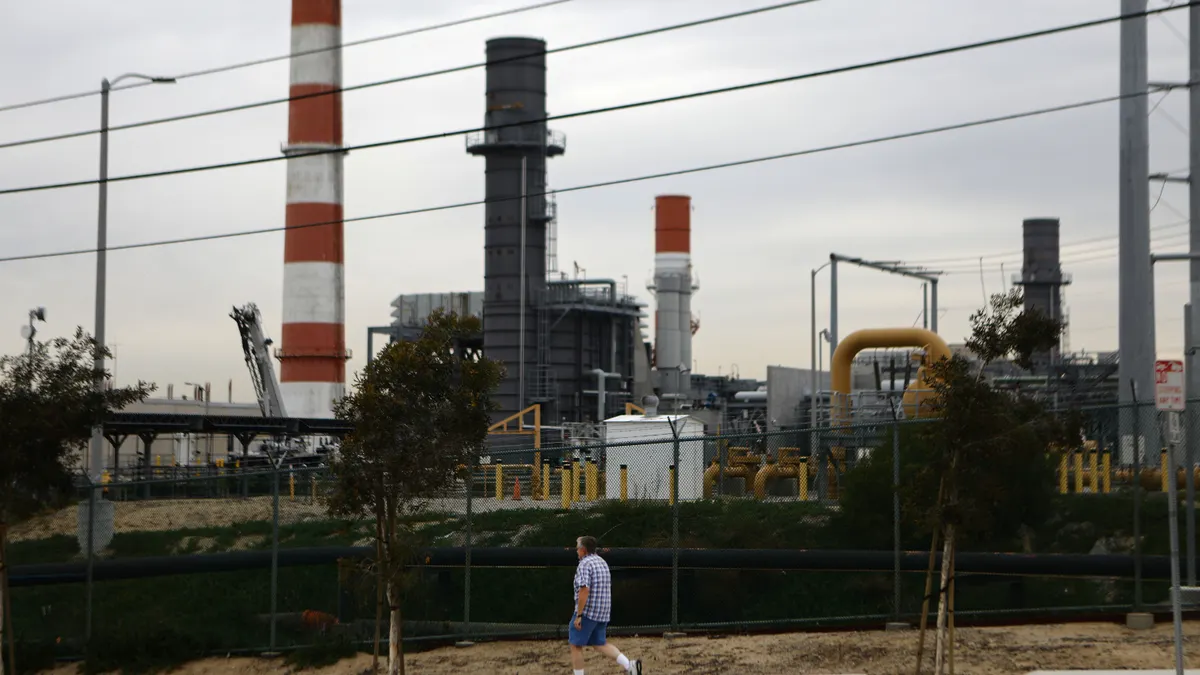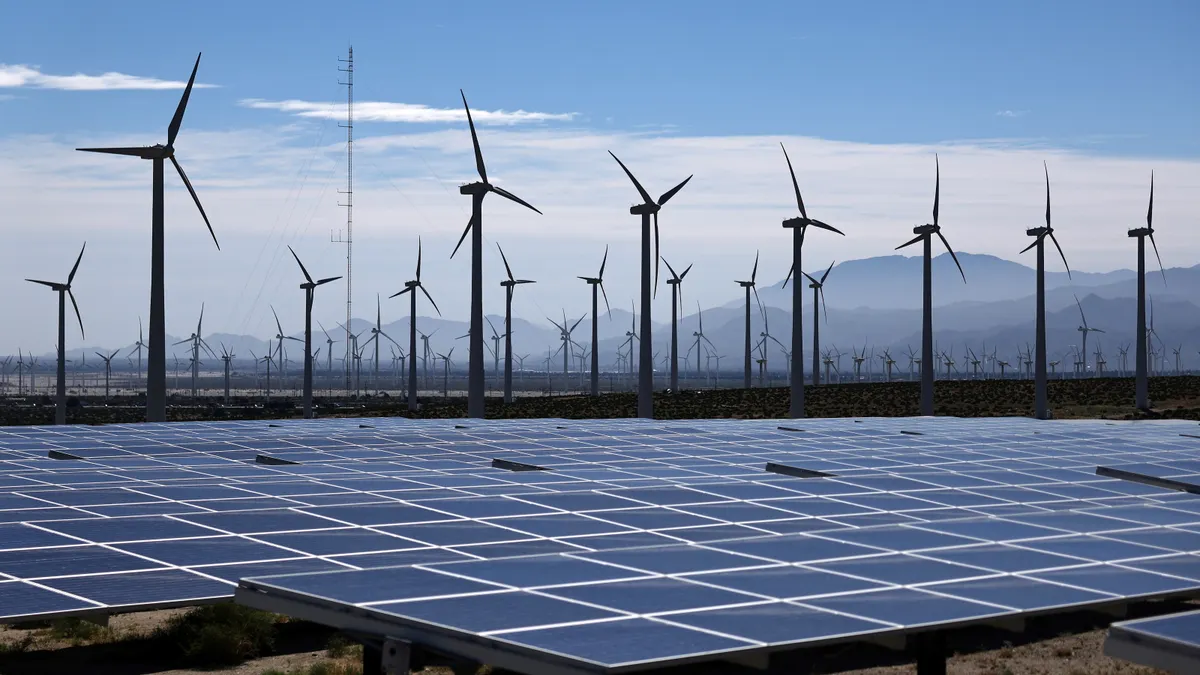Jared Burden, a partner in the law firm GreeneHurlocker, is a Virginia-based renewable energy lawyer with a practice encompassing corporate transactions, real estate, and land use law.
In Virginia and across the country, the explosive growth of data centers is forcing a fundamental shift in how we think about electricity. For years, data center developers could build with confidence that the grid — and the utilities behind it — would keep up. That’s no longer the case.
In May, the PJM Interconnection, which manages the grid serving Virginia and much of the Mid-Atlantic, issued a warning for the first time in its history: Under extreme summer conditions, it may not have enough power to go around.
At a Federal Energy Regulatory Commission technical conference the following month, as reported by Utility Dive in an article titled “Does PJM Have a Data Center Problem,” PJM’s independent market monitor, Joseph Bowring, was blunt: “Data centers could overwhelm the grids if they chose to.” The solution suggested by Browning, according to the article, “is to require data center owners to procure new generation for their projects.”
Virginia already imports more electricity than any other state (50 million MWh in 2023), according to the U.S. Energy Information Administration. Demand is surging, driven mostly by data centers and the explosive energy needs of AI, crypto, and high-density computing. A 2024 report from the General Assembly’s Joint Legislative Audit and Review Commission projected that Virginia’s electric demand could triple by 2040 if data center growth continues on its current path.
If there’s one emerging consensus, it’s this: the grid can’t grow fast enough to keep up. The only way to meet this demand reliably is for large power users, especially data centers, to build their own. But that raises another critical question: What kind of power can actually come online in time?
The speed of solar
Among all the available options, solar remains the quickest to deploy. Especially in Virginia, where the state’s Permit By Rule process streamlines approvals for projects under 150 MW, developers can often move from land use application to commercial operation in 18 to 24 months. Behind-the-meter solar installations, designed to power data centers directly rather than feed the grid, can be constructed in just a few months once permits are in hand.
Battery storage adds flexibility and resilience, especially when designed to smooth out demand or provide backup during peak hours. And because these systems often avoid long interconnection queues, the timeline from development to operation is shorter than nearly any other power source.
But solar isn’t without obstacles in Virginia. In 2024, for the first time, Virginia counties rejected more megawatts of solar than they approved, according to data from the University of Virginia Weldon Cooper Center. As we frequently address in our Solar Land Use News of Note updates, this land use trend reflects a real and growing challenge: in many rural communities, solar is seen less as a clean-energy solution and more as an industrial eyesore.
Still, when weighed against the timeframes for other technologies, solar remains in a category of its own. With thoughtful siting, community engagement and favorable policy, developers can bring solar projects online within 18 to 24 months, compared to 3 to 15 years for most other major generation sources. Particularly when the average hyperscale data center requires between 100 and 150 MW of dedicated power, only solar is likely to deliver on schedule.
However, even where solar is developed behind the meter and co-located with a data center, developers shouldn’t assume a regulatory free ride. Co-location may offer reliability and transmission-cost benefits, but it also introduces legal and regulatory complexity. Interconnection processes for both the generation source and the data center load must often be coordinated, and independent grid access is still common. In fact, some co-located projects have recently drawn scrutiny from FERC, raising questions about cost allocation, tariff obligations and jurisdiction — even for facilities nominally isolated from the grid. To reduce risk, developers should engage legal and interconnection counsel early and avoid assuming that behind-the-meter generation eliminates regulatory exposure.
Longer timelines for other energy options
While solar is the only realistic option that can reliably deliver new power within two years, it’s not the only technology on the table. Data center developers are increasingly evaluating a range of alternatives — from natural gas and small modular reactors to wind and hydrogen fuel cells. But each of these comes with a critical drawback: time. Even under favorable permitting conditions, most of these options require 3 to 15 years from project conception to commercial operation. For projects with immediate power needs, those timelines may simply be too long to be feasible.
Natural gas has long been treated as the default “bridge” fuel — reliable, dispatchable and scalable. But even gas is no longer quick. In Virginia, Dominion’s proposed Chesterfield peaker plant, announced in 2024, isn’t expected to come online until 2029. Nationwide, there's now a 3 to 4 year backlog on the massive turbines used in gas plants, and costs have doubled or tripled since pre-pandemic levels, according to a recent New York Times report. In many cases, solar plus storage is now cheaper and faster.
Nuclear power, too, is seeing renewed interest, particularly in the form of small modular reactors. But even the most optimistic SMR timelines stretch two to six years. Canada’s first commercial SMR project was approved for construction in May and isn’t expected to be operational until 2030. In the U.S., licensing challenges, fuel supply issues, and community concerns continue to delay progress. The only working SMRs in the world today are in Russia and China — not exactly models we’re eager to replicate.
Wind, like nuclear, has development timelines measured in decades. Virginia’s Rocky Forge Wind project was proposed in 2014 and won’t generate electricity until late 2026 — 12 years from concept to completion. Dominion’s offshore wind project began planning in 2012 and is not expected to be fully operational until 2027. While these are important long-term projects to produce more clean energy, they highlight the challenges of generating more wind power in the near term — challenges now compounded by a federal policy shift. Under the Trump administration, new wind development has slowed significantly due to executive actions halting offshore wind leasing, targeting tax incentives and prioritizing fossil fuel development over renewables. The result is growing uncertainty for developers and a more difficult path forward for large-scale wind.
Hydrogen fuel cells, once considered a next-generation solution for clean power, are also facing headwinds. The infrastructure to produce, deliver and store hydrogen at scale simply doesn’t exist yet. In July, steelmaker Cleveland-Cliffs scrapped a federally backed hydrogen project in Middletown, Ohio, citing the lack of available hydrogen and shifting administration priorities. Instead, the company announced it was exploring ways to “revamp the project” using American coal and coke. Despite federal climate goals, some industrial stakeholders are now re-embracing fossil fuels due to supply constraints and cost uncertainty. Globally, coal use continues to climb, and some developers are using nationalistic arguments — like “beautiful coal” and “American coke” — to pitch projects that sidestep clean-energy commitments.
For data center developers focused on reliability, coal is not a viable path forward, but its resurgence illustrates the broader trend away from long-term clean energy strategy toward short-term availability at any cost.
Data center developers have to operate in the world as it is, not as they might wish it to be. And the reality is that solar — despite local politics and federal uncertainty — is still the fastest, most scalable and most deployable power source available today. Especially when paired with batteries, it offers a practical path to reliable onsite energy that can be up and running in a matter of months, not years.
What developers should do now
In an environment where energy demand is soaring and grids are strained, it’s becoming increasingly clear that if you’re building a data center, you’re also building a power plant, which likely will (or at least should) include a significant amount of solar power.
That means:
- Securing land for solar and battery deployment alongside the data center footprint.
- Engaging local communities early to preempt opposition and build support.
- Factoring policy volatility into timelines and tax credit assumptions.
The developers who move first — and with clarity — will gain a critical advantage. The rest may find themselves waiting not just for permits, but for power itself.


